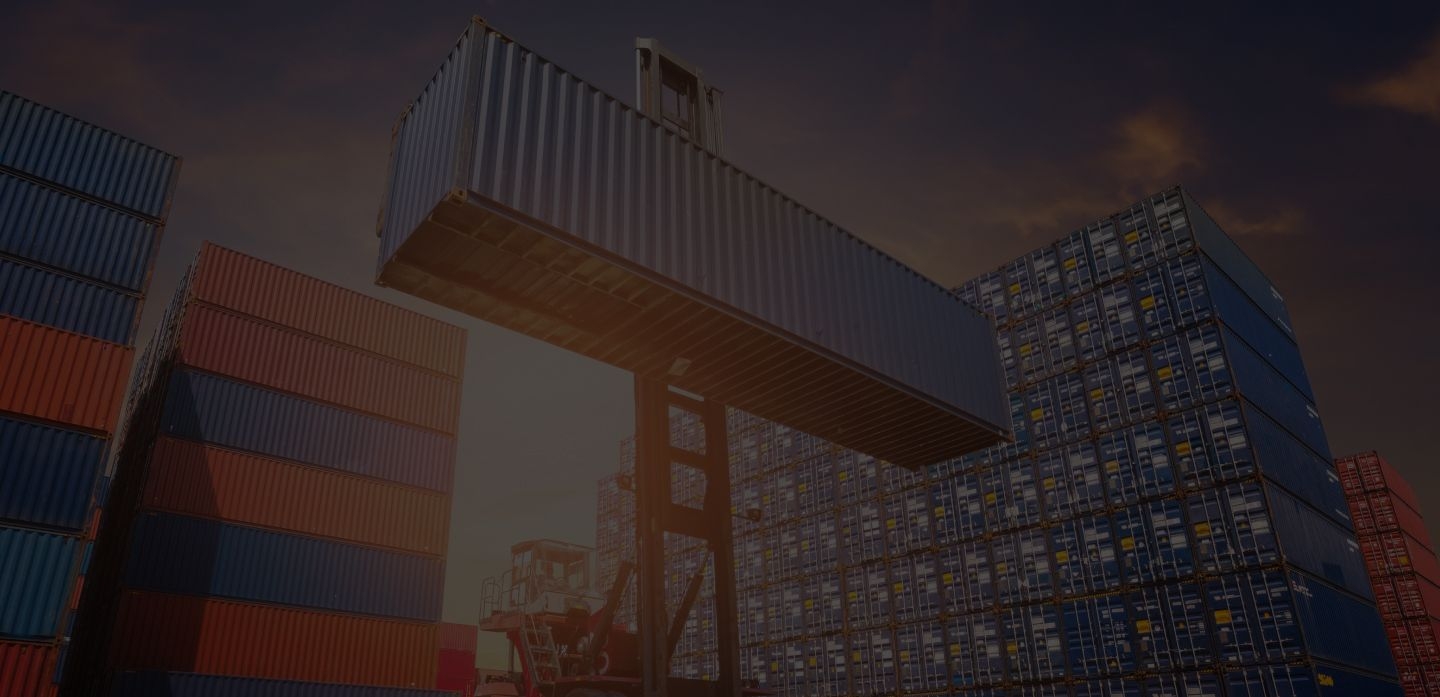
Container Shipping to Tokyo — Get Instant Quotes



Why choose iContainers for shipping to Tokyo?
- Daily main-line calls. Tokyo sits on all the big Asia–North America loops and receives Europe services after Yokohama, so slots and empty equipment rarely run short.
- Paperwork, simplified. Our platform submits AFR cargo data no later than 24 h before the vessel leaves the port of loading, exactly as Japanese Customs demands. (customs.go.jp)
- Predictable landed costs. Most industrial goods enter at ≈ 2 % duty plus 10 % consumption tax—calculated automatically in your quote.
- Air-cargo fallback. Narita handled 2.40 million t of freight in 2023, ranking 10th worldwide (en.wikipedia.org), so urgent parts reach Tokyo in 3-5 days door-to-door.
Our container-shipping services to Tokyo
Full Container Load (FCL)
Automotive OEMs, electronics giants and chemical suppliers ship sealed 20′, 40′ & 40′HC (plus reefers) directly into Tokyo’s Oi or Aomi terminals, then truck or rail to Saitama, Gunma and the Chūbu factories overnight.
Less-than-Container Load (LCL)
SMEs and D2C brands move < 15 m³ on weekly LCL consolidations devanned in bonded depots at Oi—typically saving 40–60 % versus unused FCL space.
Popular mode — FCL still dominates automotive and machinery inflows; **LCL is booming for Amazon.co.jp and Shopify restocks.
**Major port / airports served — Port of Tokyo; urgent air via NRT, HND.
Typical cargo — Auto parts, precision machinery, semiconductors, cosmetics, specialty foods.
Transit-time references
- Shanghai → Tokyo: fastest direct schedule ≈ 2–3 days
- Los Angeles → Tokyo: ≈ 12–13 days on TP-eastbound loops
- Rotterdam → Tokyo: ≈ 39–40 days south-bound via Suez Tokyo-specific tip — Golden Week (late Apr) and Obon (mid Aug) shorten gate hours; book six weeks ahead to avoid roll-overs.
Alternative option — Air freight trims lead-time to 3–5 days via NRT/HND for high-value electronics and pharma.
Container shipping rates to Tokyo
How much does it cost to ship a container to Tokyo?
Typical transit times
- East Asia → Tokyo: 2–8 days
- US West Coast → Tokyo: 12–18 days
- North Europe → Tokyo: 39–45 days
- Air freight via NRT/HND: 3–5 days door-to-door
Popular routes and inland connections
Trans-Pacific services call Tokyo Bay (Tokyo → Yokohama) first, then steam south for Osaka/Kobe; Asia-Europe strings berth Tokyo northbound. Overnight rail shuttles move boxes to Sendai, Nagano and Shizuoka; barges link Oi to Yokohama and Chiba daily.
Booking with iContainers—six quick steps
- Quote — enter origin, destination and cargo specs for an instant price.
- Upload docs — invoice, packing list & HS codes (AFR auto-filed).
- Book & pay online.
- Track vessel, customs and drayage milestones in real time.
- Clear — pay duty (≈ 2 %) + 10 % tax and release your BL.
- Deliver — truck or rail to plant, 3PL or Amazon JP FC.
What can you ship in a container to Tokyo?
| Common commodities | Restricted / Prohibited |
|---|---|
| Auto parts & machinery | Firearms, explosives |
| Semiconductors & electronics | Controlled chemicals (METI licence) |
| Cosmetics & pharma | Meat/dairy without MAFF permits |
| Wine, spirits, specialty foods | Counterfeit brands |
FAQs About Shipping Containers to Tokyo
Most industrial goods attract ≈ 2 % duty plus 10 % consumption tax on CIF.
Yes—under 15 m³ you avoid paying for empty FCL space, usually saving 40–60 %.
Not mandatory, but strongly recommended—add door-to-door cover at checkout.
Reserve space 6–8 weeks ahead to dodge roll-overs and rate surcharges.